5 Nights / 6 Days

Accommodation and meals in Kathmandu and Pokhara.
Any airfare/ train ticket.
Expanses of personal nature viz. tips, porterage, laundry etc.
Anything not specifically mentioned in the clause, "The cost includes".
Upon arrival at Tribhuvan International Airport, you’ll be received by our local representative and transfer to Hotel
Morning (OPTIONAL- Mountain Flight)
After breakfast, proceed for a Halfday tour covering:
Pashupatinath
Pashupatinath is the holiest Hindu pilgrimage destination in Nepal. There are linga images of Shiva along with statues, shrines, and temples dedicated to other deities in the complex. A temple dedicated to Shiva existed at this site in AD 879. However, the present temple was built by King Bhupatindra Malla in 1697. A gold-plated roof, silver doors, and woodcarvings of the finest quality decorate the pagoda construction. Guheswari Temple, restored in AD 1653, represents the female "force". It is dedicated to Satidevi, Shiva's first wife, who gave up her life in the flames of her father's fire ritual. A circuit of the Pashupati area takes visitors past a sixth-century statue of the Buddha, an eighth-century statue of Brahma the creator and numerous other temples. Some other places to visit are Rajrajeswari Temple, built in 1407, Kailas with lingas more than 1,400 years old, Gorakhnath temple, and the courtyard of Biswarup. There are rows of Shiva shrines and Hindu pilgrims from all over South Asia offering puja worship to Shiva, tile Lord of Destruction.
The Bagmati River flows close by and the Arya Ghat cremation grounds are here. We strongly advise photographers not to take photos of cremations and of bereaved families. Sadhus, sages who follow the lifestyle of Shiva, may be seen covered in ashes and loin-cloths. They ask for money in case you want to take their photos. The main Pashupatinath courtyard may be entered by those of Hindu faith only.
Boudhanath- Boudhanath is among the largest stupas in South Asia, and it has become the focal point of Tibetan Buddhism in Nepal. The white mound looms thirty-six meters overhead. The stupa is located on the ancient trade route to Tibet, and Tibetan merchants rested and offered prayers here for many centuries. When refugees entered Nepal from Tibet in the 1950s, many of them decided to live around Bouddhanath. They established many gompas, and the "Little Tibet" of Nepal was born. This "Little Tibet" is still the best place in the Valley to observe Tibetan lifestyle. Monks walk about in maroon robes. Tibetans walk with prayer wheels in their hands, and the rituals of prostration are presented to the Buddha as worshippers circumambulate the stupa on their hands and knees, bowing down to their lord. Many people believe that Bouddhanath was constructed in the fifth century, but definite proof is lacking. The stupa is said to entomb the remains of a Kasyap sage who is venerable both to Buddhists and Hindus. One legend has it that a woman requested a Valley king for the donation of ground required to build a stupa. She said she needed land covered by one buffalo's skin and her wish was granted by the King. She cut a buffalo skin into thin strips and circled off a fairly large clearing. The king had no choice but to give her the land. The Bouddha area is a visual feast. Colorful thangkas, Tibetan jewellery, hand-woven carpets, masks, and khukuri knives are sold in the surrounding stalls. Smaller stupas are located at the base. Gompa monasteries, curio shops, and restaurants surround Bouddhanath. Conveniently situated restaurants with roof-top patios provide good food and excellent views of Bouddhanath.
Post lunch, proceed for half day sightseeing tour of: Swoyambhunath The four seeing eyes of Swoyambhunath Stupa watch over the valley from the top of 77-m high hillock on western side. This most glorious Stupa in the world is one of the holiest Buddhist sites in Nepal and its establishment is linked to the creation of Kathmandu valley out of a primordial lake. The surroundings of the Swoyambhunath are covered with small Chaityas & monasteries as well as some Hindu temples. The National Museum and the Museum of Natural History are situated at the foot of the hill. Kathmandu Durbar Square:
This complex of palaces, courtyards and temples, built between 12th and 18th Centuries, used to be the seat of ancient Malla Kings of Kathmandu. It is the place where kings of Nepal are crowned and their coronations solemnized. An intriguing piece here is the 17th century stone inscription set into the wall of the palace with writings in 15 languages. Kumari Temple: Kumari temple is the residence of the Living Goddess. Kumari, known as Virgin Goddess has got some specialties, she must be chosen from a typical Newari cast with no body marks & injuries & will be replaced by another Kumari after puberty. Kasthamandap: Kathmandu is believed to be constructed from the wood of a single tree in the sixteenth century situated near to the Kumari Temple. The name Kathmandu was named after this temple.
Evening free for leisure & overnight stay at Hotel
Post breakfast drive to Pokhra. Pokhara takes about 6 hours however it shall take approx. 1-2 hrs. at Manokamna Temple. Upon arrival at Pokhara transfer to the hotel and your rest of the day is free.
If Kathmandu is the cultural hub of Nepal, Pokhara is its center of adventure. An enchanting city nestled in a tranquil valley, it is the starting point for many of Nepal's most popular trekking and rafting destinations. The atmosphere on the shore of Phewa Lake is one of excited vitality as hipster backpackers crowd the many bars and restaurants exchanging recommendations on guest houses and viewpoints, both by the lake and above the clouds. Pokhara is a place of remarkable natural beauty. The serenity of Phewa Lake and the magnificence of the fishtailed summit of Machhapuchhre (6,977 m) rising behind it create an ambience of peace and magic. At an elevation lower than Kathmandu, it has a much more tropical feel to it, a fact well appreciated by the beautiful diversity of flowers which prosper in its environs. Indeed, the valley surrounding Pokhara is home to thick forests, gushing rivers, emerald lakes, and of course, the world famous views of the Himalaya.
The powerful rule of the old kings of Kathmandu, the Lichhavis and the Mallas, held sway over this valley for some time. As these dynasties fell prey to their own troubles, Pokhara Valley and the surrounding hills disintegrated into small kingdoms, frequently at war with each other. These were called the Chaubise Rajya or the Twenty-four Kingdoms. It was among these that Kulmandan Shah established his kingdom. His descendant Drabya Shah was the first to establish Gorkha, home of the legendary Gurkha warriors.
Finally, Pokhara is part of a once vibrant trade route extending between India and Tibet. To this day, mule trains can be seen camped on the outskirts of the town, bringing goods to trade from remote regions of the Himalaya. This is the land of the Magars and Gurungs, hardworking farmers and valorous warriors who have earned world-wide fame as Gurkha soldiers. The Thakalis, another important ethnic group here, are known for their entrepreneurship.
Morning pots breakfast proceed for a half day tour of Pokhara covering:
Phewa Lake-Phewa Lake, the second largest lake in the Kingdom, is the center of all attraction in Pokhara. It is the largest and most enchanting of the three lakes that add to the resplendence of Pokhara. Here, one can sail or row a hired boat across to the water or visit the island temple in its middle. The eastern shore, popularly known as lakeside or Baidam, is the favorite home base for travellers and is where most of the hotels, restaurants and handicraft shops are located.
Seti Gandaki-Another of Pokhara's natural wonders that unfailingly interests visitors is the Seti Gandaki river. Flowing right through the city, the boisterous river runs completely underground at places. Amazingly, at certain points the river appears hardly two meters wide. But its depth is quite beyond imagination over 20 meters! Mahendra Pul, a small bridge near the old Mission Hospital, provides a perfect view of the river's dreadful rush and the deep gorge made by its powerful flow.
Barahi Temple-The Barahi temple is the most important monument in Pokhara. Built almost in the center of Phewa Lake, this two-storyed pagoda is dedicated to the boar manifestation of' Ajima, the protesters deity representing- the female force Shakti. Devotees can be seen, especially on Saturdays, carrying male animals and fowl across the lake to be sacrificed to the deity.
The Old Bazaar-Pokhara's traditional bazaar is colorful and so are its ethnically diverse traders. In its temples and monuments can be seen ties to the Newar architecture of the Kathmandu Valley. Located about four km from Lakeside, the market's original charm is alive and well. This area strewn with shops selling commodities ranging from edibles and cloth to cosmetics and gold is a pleasant and shady spot to stroll around. The old bazaar is also home to one of Pokhara's most important shrines'. Locally called the Bindhyabasini Mandir, this white dome-like structure dominates a spacious stone-paved courtyard built atop a shady hillock. It is dedicated to Goddess Bhagwati, yet another manifestation of Shakti. The park-like grounds offer a fine picnic area, and on Saturdays and Tuesdays when devotees flock there to offer sacrifices, it takes on a festive local flavour. Overnight in the hotel.
After breakfast, drive back to Kathmandu. Post afternoon Visit
Bhaktapur Durbar Square -Bhaktapur Durbar Square is a conglomeration of pagoda and shikhara-style temples grouped around a fifty-five window palace of brick and wood. The square is one of the most charming architectural showpieces of the Valley as it highlights the ancient arts of Nepal. The golden effigies of kings perched on the top of stone monoliths, the guardian deities looking out from their sanctuaries, the wood carvings in every place-struts, lintels, uprights, tympanums, gateways and windows-all seem to form a well-orchestrated symphony. The main items of interest in the Durbar Square are:
The Lion Gate: Dating as far back as A.D. 1696, this gate is guarded on either side by two huge statues of lions. Alongside, there are two stone images of Bhairab (the dreadful aspect of Shiva) and Ugrachandi (the consort of Shiva in her fearful manifestation).
The Golden Gate: The Golden Gate is said to be the most beautiful and richly moulded specimen of its kind in the entire world. The door is surmounted by a figure of the goddess Kali and Garuda (the mythical man-bird) and attended by two heavenly nymphs. It is also embellished with mythical creatures of marvellous intricacy, In the words of Percy Brown, an eminent English art critic and historian, the Golden Gate is the most lovely piece of art in the whole Kingdom: it is placed like a jewel, flashing innumerable facets in the handsome setting of its surroundings. The gate was erected by King Ranjit Malla and is the entrance of the main courtyard of the Palace of Fifty-five Windows.
The Palace of Fifty-five Windows: This magnificent palace was built during the reign of King Yaksya Malla in A.D. 1427 and was subsequently remodelled by King Bhupatindra Malla in the seventeenth century. Among the brick walls with their gracious setting and sculptural design, is a balcony with Fifty-five Windows, considered to be a unique masterpiece of woodcarving.
The Art Gallery: The Art Gallery contains ancient paintings belonging to the Hindu and Buddhist traditions of various periods and descriptions. This gallery is open everyday except Tuesday.
The Statue of King Bhupatindra Malla: This statue showing King Bhupatindra Malla in the act of worship is set on a column facing the palace. Of the square's many statues, this is considered to be the most magnificent.
After breakfast transfer to the airport to board your flight for Kathmandu. Upon arrival, transfer to the international airport to board your onward flight back home.
| CATEGORY | KATHMANDU | POKHARA | PACKAGE ( TWIN/TRIPLE) |
| Standard | Summit Residency / Indreni Himalaya | Mt.Kailash/Landmark/ Hotel Atithi Resort | Rs 14900/- Per Person |
| Deluxe | Hotel Grand / Hotel Vaishali | Mt.Kailash/Landmark/ Hotel Atithi Resort | Rs.19505/- Per Person |
SDM Holiday Solutions was officially established in the month of February 2013 as a service provider for Travel. The company was initially catering to leisure clients and now has expanded to serve the corporate clients as well. SDM Holiday Solutions was started by an entrepreneur who has more than 15 years of experience in travel industry.
SDM Holiday Solutions offers wide range of Travel Services to enable an efficient and hassle free travel for leisure and corporate clients. We have the best professionals to give prompt and quick response. Ranging from Air Tickets to Hotels to Organizing Tours and Conferences to Cruise Bookings, we have it all. We plan and customize the travel requirements as per our clients needs and in their budget. We offer cost-cutting solutions to travel for our corporate clients.
We are Providing Bus Ticketing, Airline Ticketing, Hotel Booking, Car & Coach Rental, Tour Operators, Passport & Visa, Travel Insurance Services. Read More...

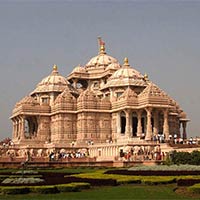 6D/5N
6D/5N
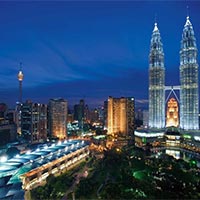 11D/10N
11D/10N
Singapore and Malaysia with Thailand
Kuala Lumpur - Bangkok - Pattaya - Genting
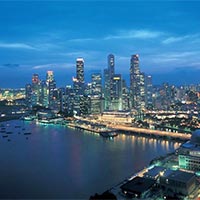 7D/6N
7D/6N
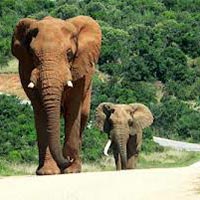 9D/8N
9D/8N
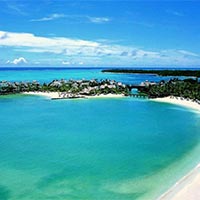 7D/6N
7D/6N
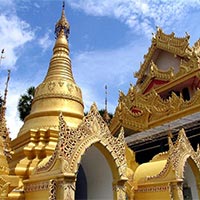 4D/3N
4D/3N
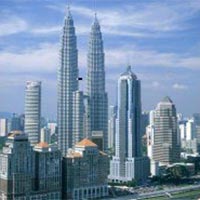 4D/3N
4D/3N
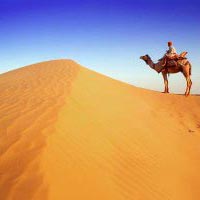 8D/7N
8D/7N
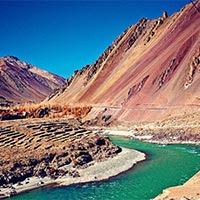 12D/11N
12D/11N
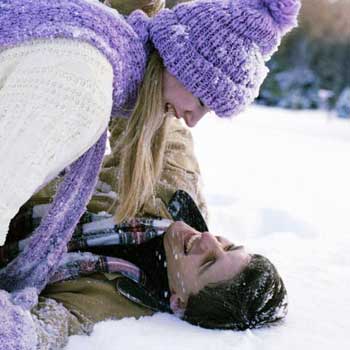 6D/5N
6D/5N
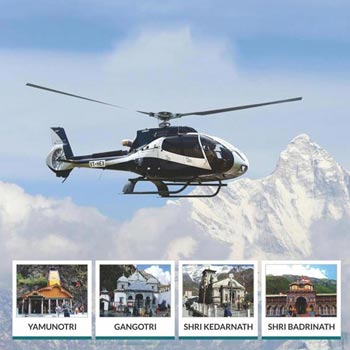 6D/5N
6D/5N
Chardham Yatra By Helicopter Tour
Yamunotri - Gangotri - Kedarnath - Badrinath
 6D/5N
6D/5N
Srinagar,Pahalgam,Gulmarg,Sonamarg,Srina..
Srinagar - Pahalgam - Gulmarg - Sonamarg
 6D/5N
6D/5N
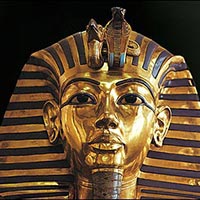 6D/5N
6D/5N
 6D/5N
6D/5N
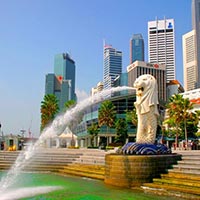 6D/5N
6D/5N
 6D/5N
6D/5N
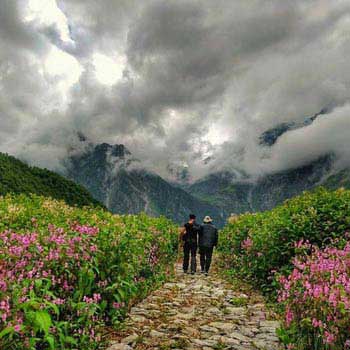 6D/5N
6D/5N
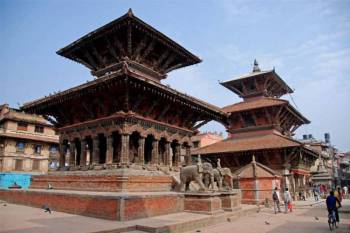 12D/11N
12D/11N
11 Nights - 12 Days Nepal Tour Package - 2
Prayagraj - Gorakhpur - Varanasi - Ayodhya - Kathmandu - Pokhara - Chitwan - janakpur
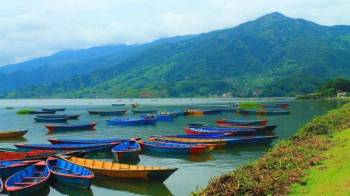 12D/11N
12D/11N
11 Nights - 12 Days Nepal Tour From Gora..
Prayagraj - Gorakhpur - Varanasi - Ayodhya - Kathmandu - Pokhara - Chitwan - janakpur
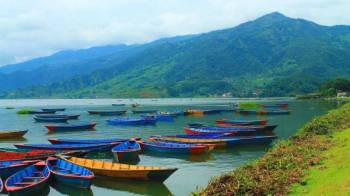 12D/11N
12D/11N
11 Nights - 12 Days Nepal Tour From Gora..
Prayagraj - Gorakhpur - Varanasi - Ayodhya - Kathmandu - Pokhara - Chitwan - janakpur
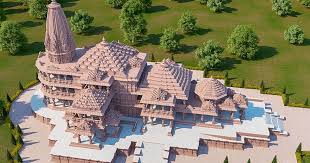 12D/11N
12D/11N
Prayagraj - Varanasi - Bodhgaya - Ayodhya - Pokhara - Chitwan - Parsa
 8D/7N
8D/7N
8D Kathmandu - Chitwan - Pokhara - Lumbi..
Kathmandu - Pokhara - Lumbini - Chitwan - janakpur
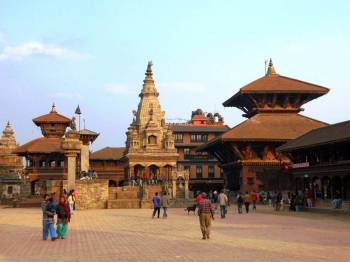 3D/2N
3D/2N
 6D/5N
6D/5N
 18D/17N
18D/17N
Best of North & West India with Nepal Tour
Mumbai - Kathmandu - New Delhi - Jaipur - Fatehpur Sikri - Agra - Jhansi - Varanasi..